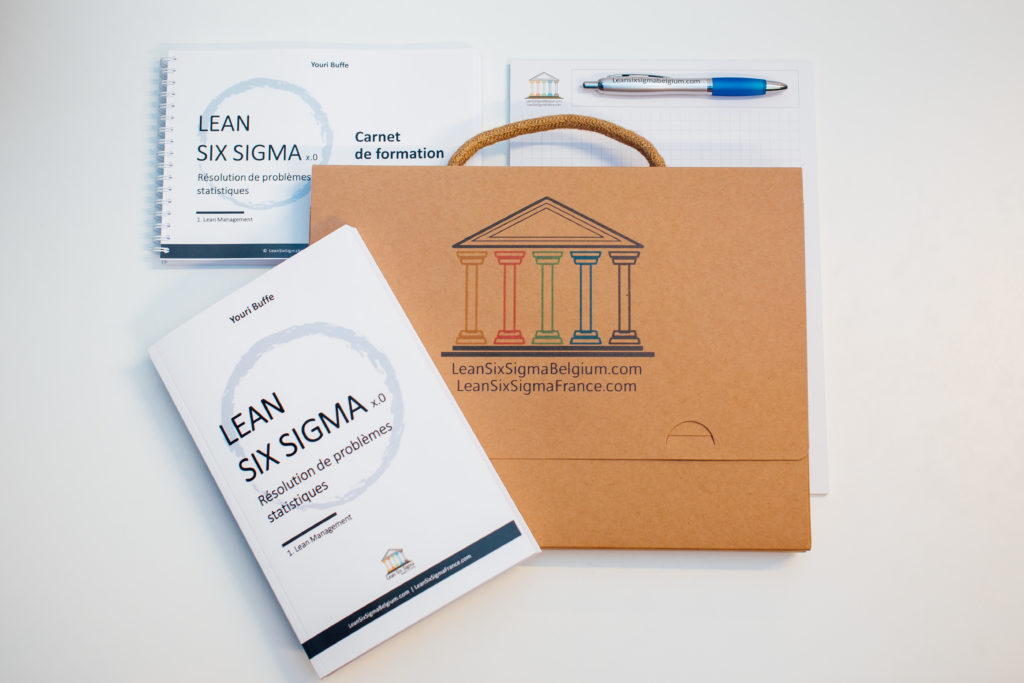
Lean Six Sigma Yellow Belt Training and Certification
Problem-solving of activity flows, simple statistical quality problems & Lean Six Sigma deployment
Easy to understand, hands-on and fun learning methods will make it enjoyable to learn Lean Six Sigma.
A 4-day training to discover how Lean management refers to process optimization and waste elimination; and how Six Sigma projects are connected to quality improvement and client satisfaction. We will help you understand what Lean Six Sigma is and show you how you can use it to improve processes and eliminate waste in your workflows, operations or production.
Training objectives:
- Learn how to improve business flow in Kaizen Event mode
- Learn to eliminate waste, streamline operations and prevent malfunctions
- Learn how to improve a process for the benefit of all stakeholders (customer, worker, owner)
- Understand the philosophy, principles and tools of Lean Management
- Learn how to deploy a Lean Six Sigma program
- Learn how to identify and define the problem to be solved and the improvement objective of the project
- Learn how to scientifically and sustainably solve simple quality (statistical) problems

Practical Information

4 days (28h)

1590€* + 175€ exam vat excl
*Prices do not include breaks and lunches
Dates in Brussels or distance learning
2024:
Brussels:
- Sept. 30, Oct. 1, 7, 8
Distance learning (visio):
- Nov. 14, 15, 20, 21
Happy Clients
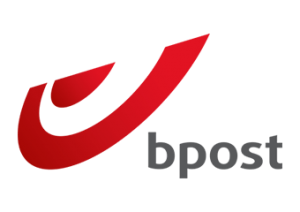


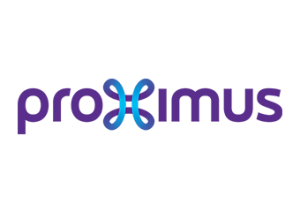
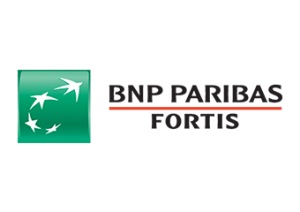
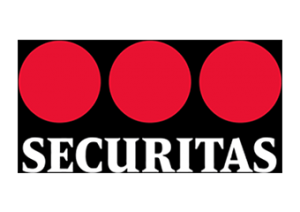

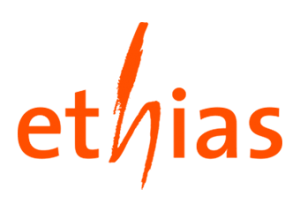
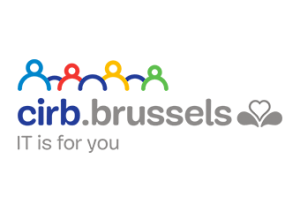
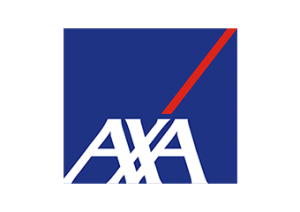

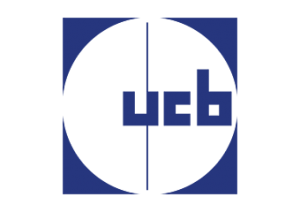

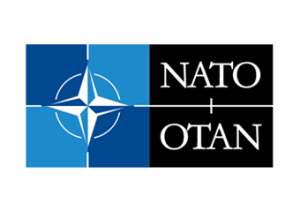
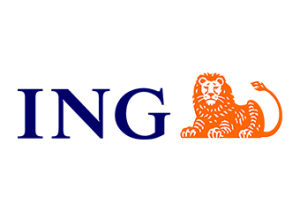


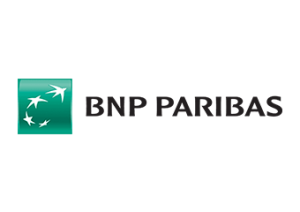
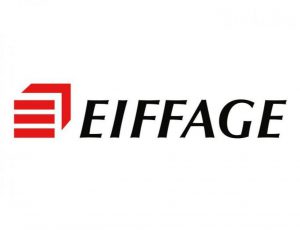
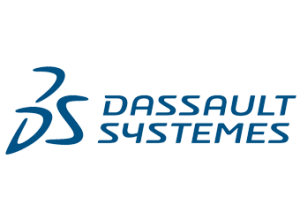
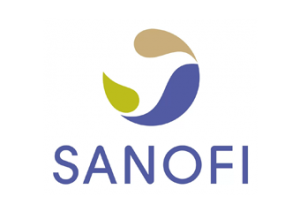
Questions ?

Lean Six Sigma Yellow Belt training program
What is a Lean Six Sigma Yellow Belt?
Essentially, a Yellow Belt is versed in the basics of Lean Six Sigma methodology and is primarily a support for operational excellence or improvement projects. A Lean Six Sigma Yellow Belt training can also help the managers use appropriate problem-solving tools to solve daily operations or production problems.
| Days | Modules | Skills developed |
| 3-4 | Six Sigma Yellow Belt | Solving simple statistical quality problems Lean Six Sigma deployment |
| 1-2 | Lean Management | Problem-solving of activity flows |
Days 1 and 2 – Lean Management module
- History and positioning of Lean Six Sigma
- DMAIC and Kaizen Event method
- Process capability: cycle time and Takt time
- Work in process, stocks, waiting time and Little’s law
- Value Stream Map (VSM)
- Load chart
- Analysis of added value and elimination of wastes
- Process Cycle Efficiency and Overal Process Efficiency
- Theory of constraints and line balancing
- Pull flow and kanban
- Visual management, poka-yoke, 5S
- SMED
- Maximum Work in process (WIPmax)
- Flowcharts and process mining
- Failure Mode and Effects Analysis (FMEA)
- Kata and Short Interval Control
- Toyota Way
- Advanced operational optimization (self-study for those interested):
- Capacity management in the presence of variability
- Inventory optimization and sizing of kanban systems
Serious game: the group experiments in the classroom the Lean improvement method (Kaizen Event) on a role play simulating an end-to-end business process (receipt of orders, processing, billing, shipping).
Day 3 and 4 – Six Sigma Yellow Belt module
- History and positioning of Lean Six Sigma
- Deployment of Lean Six Sigma:
- Overall governance
- Process Management System
- Ambition and roadmap
- Lean Six Sigma Organization
- Roles & responsibilities (Champion, Sponsor, Process Owner, Belts)
- Project selection and follow-up process
- Expected benefits
- Typology of DMAIC problems and projects
- Define:
- SIPOC
- The 3 voices
- Critical To Satisfaction
- Kano model
- Problem statement, project objective and opportunity
- Project Charter v1
- MAIC method of solving simple statistical problems
- Measure:
- Problem metric
- Measurement plan
- Measurement system validation : precision and accuracy (agreement analysis)
- Defective rate
- Project Charter v2
- Analysis:
- Analysis of Pareto
- Five Why’s
- Project Charter v3
- Improve:
- Search and selection of the solution
- Business Case
- Implementation of the solution
- Improvement validation
- Control:
- Dashboard for monitoring the performance of the process
- Response plan
- Critical study of a case of DMAIC project
Exams
Audience :
- Future Yellow Belt, Green Belt, Black Belts, Master Black Belts
- Operational improvement project managers
- All sectors (industry and services)
Context :
- Deployment of Lean Six Sigma
- Need for economy of resources and fluidity in operations
- Simple operational and quality issues
No prerequisites
Easy to understand and hands-on learning methods will make it enjoyable to learn Lean Six Sigma.
Our learning by doing training methods will facilitate the use and application of the tools in your projects. The content of our training modules is always proportionate to the complexity of the problem to be solved. Each type of problem has its specific tools, and our target is to teach you to find the shortest way to a sustainable solution for your problem.
Our teaching methods encourage active participation and collaboration among participants. They include problem-solving, simulations, tests, and the use of serious games. These activities present engaging challenges that encourage participants to fully immerse themselves in the learning process.
Our Lean Six Sigma Yellow Belt training offer consists of a 4-day training to prepare you to think like a Lean Six Sigma Yellow Belt member and to execute related duties.
A Lean Six Sigma Yellow Belt Certification trains you to identify wastes in order to design faster and responsive processes. It is also the first step to develop a continuous improvement and operational excellence working philosophy. It will help you to:
- Increase Efficiency
- Improve Quality
- Develop People Ownership and Effectiveness
- Increase Customer Satisfaction
- Increase Revenue
Your training tool kit
At Lean Six Sigma Belgium, we believe in equipping our participants not only with knowledge but also with practical tools for their future endeavours.
For all our Lean Six Sigma Yellow Belt courses, we provide a comprehensive suite of resources, including our expertly crafted books, detailed manuals, simulation tools and templates. These materials are specifically designed to bring a high level of structure to your problem-solving processes post-training. With these resources at your disposal, you’ll find that applying Lean Six Sigma Yellow Belt principles to real-world challenges becomes more effective.
The exams will take place exclusively online (under supervision). Candidates will be able to schedule the date and time of the exam at their convenience (24 hours a day, 7 days a week). They will also be able to manage any postponements and reschedule the date and time themselves.
This applies to both in-house and off-site training.
Lean Six Sigma Yellow Belt certification obtained on the basis of successful completion of the exams:
- Lean Management exam: MCQ – 50 min. / 25 questions – closed book
- Six Sigma Yellow Belt exam: MCQ – 50 min. / 25 questions – closed book
One re-sit allowed in case of failure. If you fail the exam a second time, you can retake it by purchasing a new exam.
The exams are offered in French or English.
Do you want to use Lean Six Sigma to improve your operations and production flows ?





















